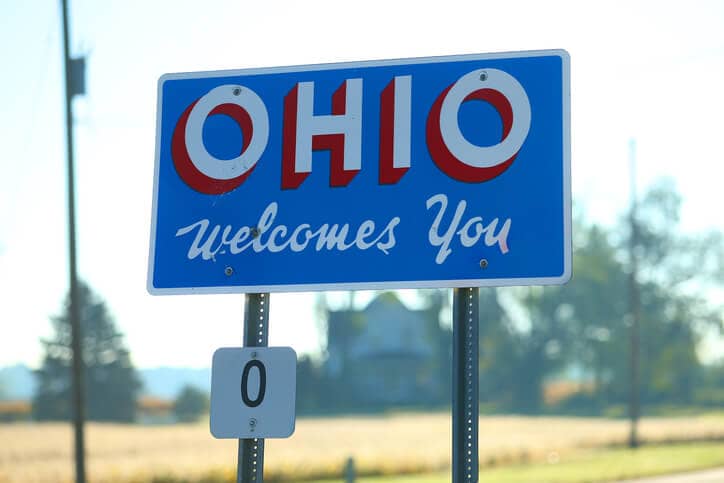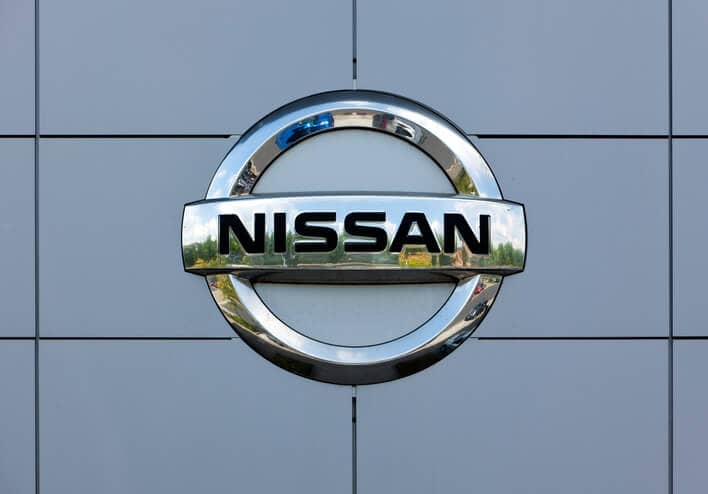Pacific Gas and Electric Co. (PG&E) has released a new report and interactive map to support and ease the installation of critical electric vehicle (EV) fast-chargers in northern and central California to help increase electric vehicle (EV) adoption and extend EV benefits across communities.
With transportation being the single largest contributor to greenhouse-gas emissions in California, state goals aim to reduce greenhouse-gas emissions and support 1 million EVs on the road by 2020.
Access to public charging is critical to meeting these goals and increasing EV adoption by building driver confidence in their ability to charge away from home. However, direct current (DC) fast-charging infrastructure, with chargers that can refuel an EV in 20-30 minutes, has been slow to develop due to the high costs and complexity of installations.
Collaborating with researchers at the Plug-In Hybrid & Electric Vehicle Research Center at the University of California, Davis and other EV infrastructure experts, PG&E developed best practices for siting DC fast chargers and applied those findings to recommend potential locations for DC fast chargers within PG&E’s service area of Northern and Central California.
Available on an interactive map, these locations are based on traffic patterns, unmet charging demand and PG&E’s electric system, the company states.
“When we survey our customers, we hear that range anxiety is still a barrier to EV adoption. By offering new tools to help installers, governments and communities get more chargers in the right places on the roads – especially fast chargers – we hope to spur EV adoption with our customers and help the state meet its ambitious greenhouse-gas reduction goals,” says PG&E Vice President of Customer Energy Solutions Aaron Johnson.
Investments like these continue to support the use of EV technology. Among other EV initiatives, the White House announced goals to accelerate the deployment of a national network of fast-charging infrastructure to increase EV adoption. Most recently, the Department of Transportation designated the 48 major traffic corridors that will be part of this national network, covering nearly 25,000 miles across 35 states.
This year, the California Energy Commission approved $9 million in grants for the installation of DC fast chargers along major state freeways and highways to increase EV adoption and consumer confidence in charging networks in the state.






